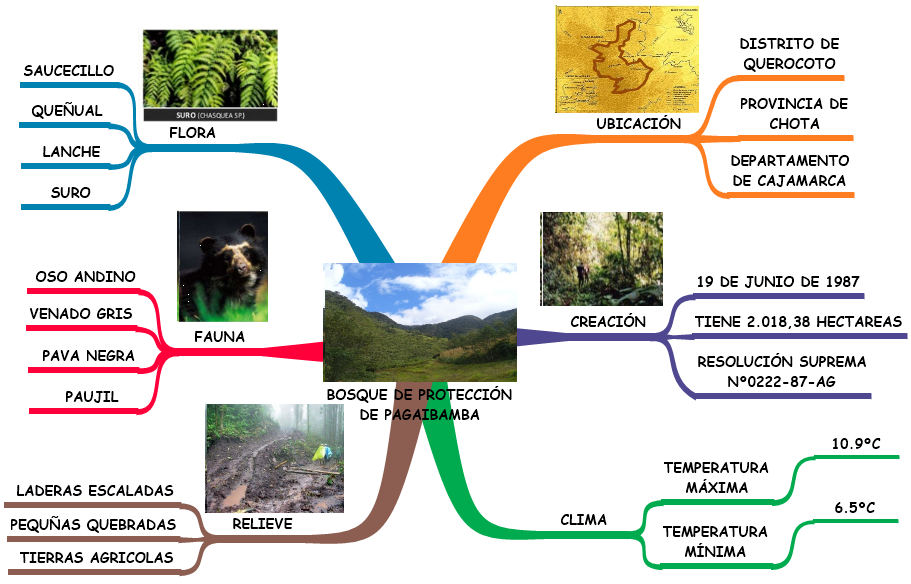Unlocking Ecuador's Four Worlds: A Guide to its Natural Regions

Ever dreamt of exploring a land where snow-capped volcanoes meet lush rainforests, and vibrant coastal plains give way to unique island ecosystems? Ecuador, a small South American nation, offers this incredible diversity within its four distinct natural regions: Costa (Coast), Sierra (Highlands), Amazon (Amazon Basin), and Galapagos (Galapagos Islands). This geographical tapestry not only provides breathtaking scenery but also supports a wealth of biodiversity and unique cultural traditions. Understanding these regions is key to unlocking the true essence of Ecuador.
Ecuador's four geographical regions create a microcosm of natural wonders. The Costa, bordering the Pacific Ocean, boasts mangrove forests, beautiful beaches, and bustling port cities. Ascending into the Andes Mountains, the Sierra offers dramatic volcanic landscapes, high-altitude valleys, and vibrant indigenous markets. Venturing east, the Amazon reveals the planet's most biodiverse rainforest, teeming with exotic flora and fauna. Finally, the Galapagos Islands, isolated for millennia, showcase unique evolutionary adaptations, captivating wildlife, and unparalleled natural beauty.
The division of Ecuador into these four natural regions isn't merely a geographical classification; it's a reflection of the country's ecological, cultural, and economic diversity. Each region plays a vital role in the national identity and contributes to Ecuador's rich tapestry of life. From the agricultural heartland of the Costa to the cultural heritage of the Sierra, the biodiversity hotspot of the Amazon, and the evolutionary laboratory of the Galapagos, each region possesses distinct characteristics that shape the Ecuadorian experience.
The concept of Ecuador's four natural regions has been ingrained in the nation's identity since its inception. These geographical distinctions have historically influenced settlement patterns, agricultural practices, and cultural development. The indigenous communities of each region have developed unique traditions and ways of life deeply intertwined with their natural surroundings. Understanding this interconnectedness is crucial for appreciating the cultural richness and the ecological importance of preserving these diverse landscapes.
However, the four natural regions of Ecuador face numerous challenges, primarily stemming from human activities. Deforestation in the Amazon, overfishing in the Galapagos, and pollution in the Costa threaten the delicate balance of these ecosystems. Climate change further exacerbates these issues, posing significant risks to biodiversity, water resources, and the livelihoods of communities dependent on these natural resources. Addressing these challenges requires collaborative efforts and sustainable practices to ensure the long-term health and resilience of Ecuador's four natural regions.
Ecuador’s four regions offer numerous benefits: biodiversity, tourism, and resources. The Amazon rainforest is a vital source of medicinal plants and clean water. The Galapagos Islands offer unique ecotourism opportunities. The Sierra’s fertile valleys provide agricultural products, and the Costa's coastal areas provide fishing and trade opportunities. These benefits highlight the importance of sustainable practices within each region.
Planning a trip across Ecuador’s regions? Consider visiting the Galapagos first to experience the unique wildlife, then explore the Amazon’s biodiversity. Hike in the Andes Mountains of the Sierra, and relax on the beaches of the Costa. This itinerary allows you to appreciate the diverse landscapes and cultural experiences.
Advantages and Disadvantages of Ecuador's Four Regions
| Region | Advantages | Disadvantages |
|---|---|---|
| Costa | Beautiful beaches, fertile land for agriculture, access to Pacific trade | Vulnerable to coastal erosion, pollution, overfishing |
| Sierra | Rich cultural heritage, fertile valleys for agriculture, stunning mountain landscapes | Risk of volcanic eruptions, deforestation, soil erosion |
| Amazon | Incredible biodiversity, source of medicinal plants and fresh water | Deforestation, illegal mining, biodiversity loss |
| Galapagos | Unique wildlife, ecotourism opportunities, scientific research | Vulnerable to invasive species, overtourism, limited resources |
FAQ:
1. What are the four natural regions of Ecuador? - Costa, Sierra, Amazon, and Galapagos.
2. What is the most biodiverse region? - The Amazon.
3. Where are the Galapagos Islands located? - West of mainland Ecuador in the Pacific Ocean.
4. What is the main mountain range in the Sierra? - The Andes.
5. What type of climate does the Costa have? - Tropical.
6. What are some endangered species in the Galapagos? - Giant tortoises, marine iguanas, and blue-footed boobies.
7. What are some threats to the Amazon rainforest? - Deforestation and illegal mining.
8. What is the capital of Ecuador? - Quito, located in the Sierra region.
Tip: Research the specific climate and necessary gear for each region before traveling to Ecuador.
Ecuador's four natural regions represent a remarkable convergence of biodiversity, cultural heritage, and breathtaking landscapes. From the vibrant coastlines of the Costa to the towering peaks of the Sierra, the lush Amazon rainforest, and the unique Galapagos Islands, each region offers a unique glimpse into the wonders of nature. Understanding the ecological importance, cultural significance, and challenges facing these regions is crucial for appreciating their value and promoting their sustainable future. By embracing responsible tourism practices, supporting conservation efforts, and advocating for sustainable development, we can help protect these natural treasures for generations to come. Embark on a journey to discover the magic of Ecuador’s four worlds and contribute to their preservation. Start planning your adventure today and experience the incredible diversity that awaits you in this South American gem.
Humana eye doctors near you your vision their coverage
Farrow and ball dark blue paint a deep dive
Unlocking your boats secrets finding the hull identification number hin












